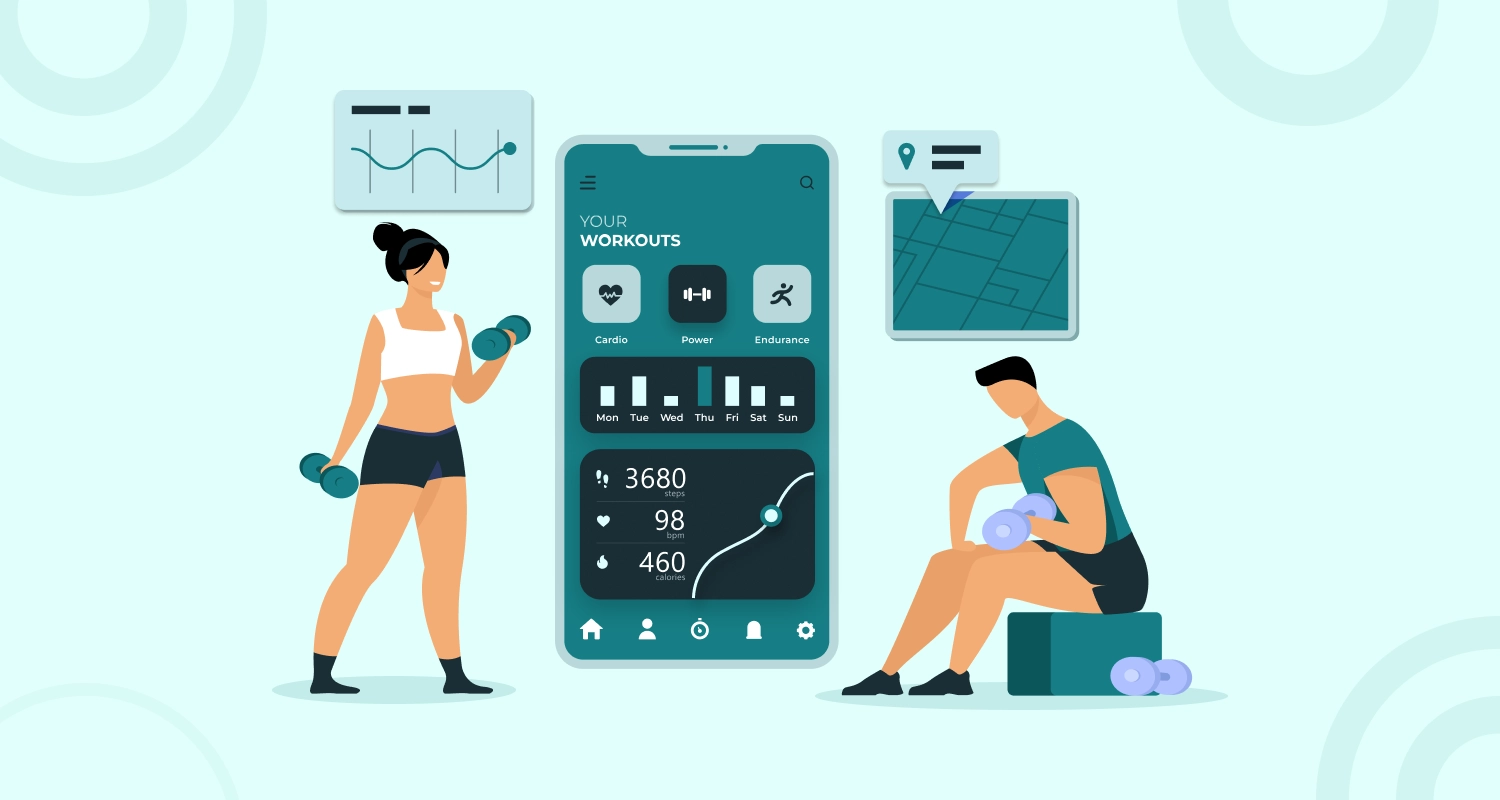
From almost instantaneous gameplay to seamless design and real-time interaction, technology has completely transformed the way we experience and play online casinos.
If you’ve noticed more friends talking about online casinos lately, you’re not alone. The industry has exploded in recent years and technology is the biggest reason why. It’s no longer just about pulling a lever or clicking a “spin” button; it’s about full-blown entertainment experiences that fit in your pocket and feel just as real as walking into a glitzy casino on the Vegas Strip.
Technology has made gambling websites faster, safer and more interactive than ever. With more dynamic interfaces, sharper graphics and quick access to safe payments, online casinos have evolved from simple web-based games into sophisticated ecosystems designed for the player of today. And this trend is not slowing down any time soon.
Betting meets technology
The sports fans have not been left behind in this digital age. Most modern platforms now incorporate casino gaming and betting on major sporting events, making them a one-stop solution for the users.
A prime example is one online site that provides a vast amount of football league betting from all over the world, along with classic and modern casino games. It’s also the official partner of Manchester City, which adds a pleasant touch of credibility and thrill for sport lovers. The site takes secure and responsible gaming seriously, so customers can play in confidence and safety the thrill of casino gaming and betting.
This casino and sports gaming combination is one of the smartest industry decisions, bridging two gigantic entertainment worlds together on one online site.
Mobile gaming gives you a casino in your pocket
One of the biggest game-changers has been the advent of mobile gaming. Being able to play from your phone or tablet has made the online casino world accessible to literally everyone. Whether you’re on your lunch break or on the couch, you can be part of a live game in a matter of seconds.
Modern casino sites have responsive designs that adapt to any screen size. That means no lag, no clunky buttons and no scrolling sideways. It’s all seamless performance and instant access. The goal is simple: Bring the excitement of the casino floor to life while also making it portable and convenient.
Yet it’s not just about accessibility, it’s about immersion. Games feature crisp graphics and realistic sound effects that draw you right into the action. When you are playing a hand of blackjack or spinning a roulette wheel, it doesn’t feel like you are staring at a screen; it feels like you are sitting at a real table with other players.
Real-time action brings players together
Technology has also changed the social element of gambling. Live dealer games have become so popular because they bring back that sense of community and excitement missing from solo online play.
Instead of playing against computer software, players can interact with real dealers in real time through high-definition video feeds. It’s a clever mix of human interaction and online convenience. You can chat with the dealer, make bets and share a few jokes, just like you would in a traditional casino.
This sort of interaction has allowed online casinos to shed their former image of being impersonal or isolating. It is now a social space where people can interact, compete and have fun together, no matter where they are.
A safer, more reliable experience
As the industry of online casinos grows, security has been a top priority, and again, technology is leading the way. Modern websites use top-of-the-line encryption and secure verification systems to protect players’ personal information and financial data.
Players must believe their privacy and funds are safe, and that’s what the leading casinos take seriously. Secure transactions, open payout systems and detailed account management tools have all become standard. It’s all about building confidence, which in the digital entertainment universe is critical.
Data-driven design for a smoother ride
Behind the scenes, developers are toiling away to create platforms that are more intuitive and enjoyable. This is why most modern-day casino websites now look and feel like upscale entertainment hubs rather than old-fashioned game portals. From the design to the games collection, everything revolves around player tendencies and preferences.
Players can get to their favorite games easily, switch between casino modes and manage their accounts, without ever being slowed down by menus or clutter. Smooth navigation and fast load times keep individuals engaged, and that sense of ease is what keeps them coming back again and again.
The future looks bright
Of all the changing worlds, few would have changed as much as the one of online casinos in the space of ten years. What was once simple, static sites are now dynamic entities, replicating almost everything of the real-world experience, without the overpriced drinks or lengthy flights.
As technology improves daily, the focus will continue to be on enhancing the user experience; faster, more personalized, more interactive and safer. Players today expect world-class design, instant access and stability, and the leading online casinos are delivering exactly that.
Final spin
Finally, technology is not just supporting the online casino sector, it’s reinventing it. Every upgrade, every new feature, every level of design polish has a single goal in mind: Keeping players entertained and comfortable in an atmosphere that feels vibrant.
From live dealer tables that bring the casino to your living room to mobile websites that let you play anywhere, innovation is what keeps the wheels turning.








